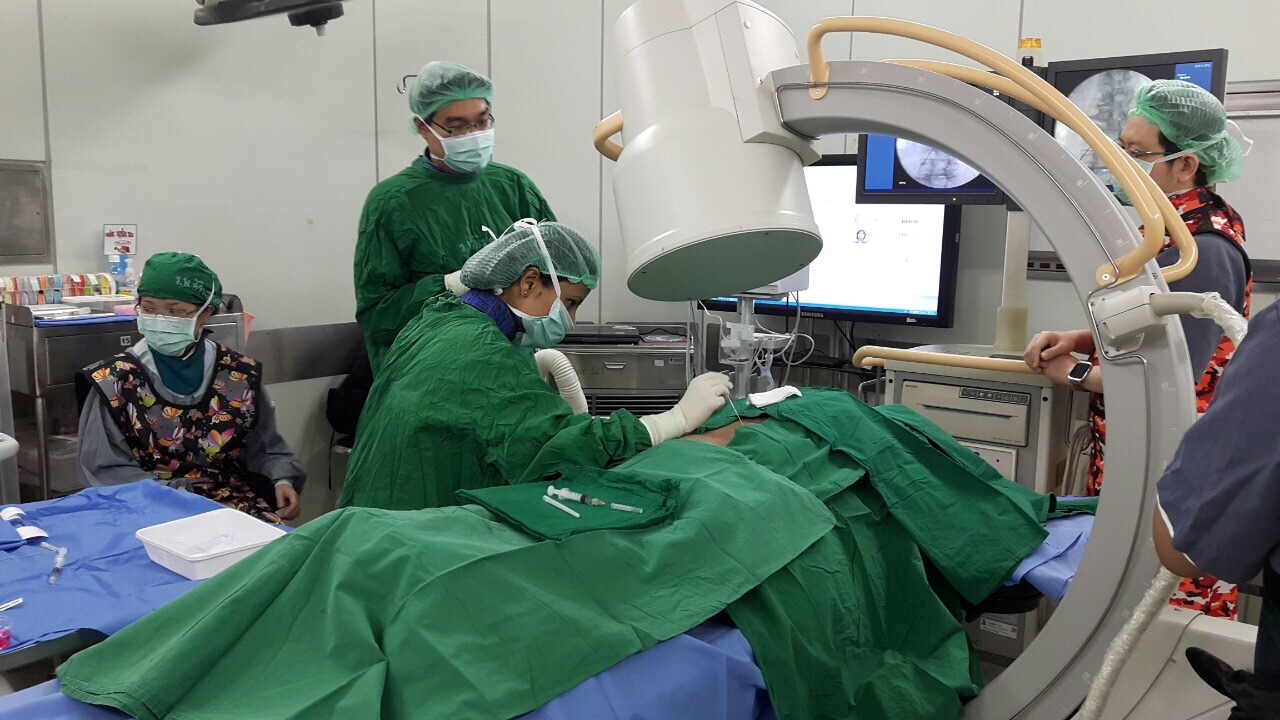The first-ever “Global Patient Safety Action Plan 2021–2030” was adopted at the 74th World Health
Assembly.
The purpose of the plan is to provide a strategic direction for concrete actions to be taken by countries, partner organizations, health care facilities and the WHO to eliminate avoidable harm in health care. Member states will be asked to report back on progress towards implementation of the plan once every two years starting in 2023 and lasting until 2031.
‘Patient safety is a framework of organized activities that creates cultures, processes, procedures, behaviours, technologies and environments in health care that consistently and sustainably lower risks, reduce the occurrence of avoidable harm, make errors less likely and reduce the impact of harm when it does occur. The practice of patient safety involves coordinated action to prevent harm to patients, caused by the processes of health care themselves.
The need for a Global Patient Safety Action Plan is clear.
Research studies have shown that on average 1 in 10 patients receiving hospital care in high-income countries is subject to an adverse event. This figure rises to 1 in 4 for low- and middle-income countries, with 134 million adverse events occurring annually due to unsafe care in hospitals, contributing to around 2.6 million deaths .
Indeed, 60% of deaths in low-and middle-income countries from conditions amenable to health care are due to unsafe and poor-quality care. Globally, the cost associated with medication errors has been estimated at US$ 42 billion annually 4 almost 1% of global expenditure on health.
The framework for the operationalisation of the Action Plan has 7 strategic objectives each of which are highly relevant for the work of the providers of anaesthesia care and services.
- Make zero avoidable harm to patients a state of mind and a rule of engagement in the planning and delivery of health care everywhere.
- Build high-reliability health systems and health organizations that protect patients daily from
harm. - Assure the safety of every clinical process.
- Engage and empower patients and families to help and support the journey to safer health care.
- Inspire, educate, skill and protect health workers to contribute to the design and delivery of safe care systems.
- Ensure a constant flow of information and knowledge to drive the mitigation of risk, a reduction in levels of avoidable harm, and improvements in the safety of care.
- Develop and sustain multisectoral and multinational synergy, partnership and solidarity to improve patient safety and quality of care






